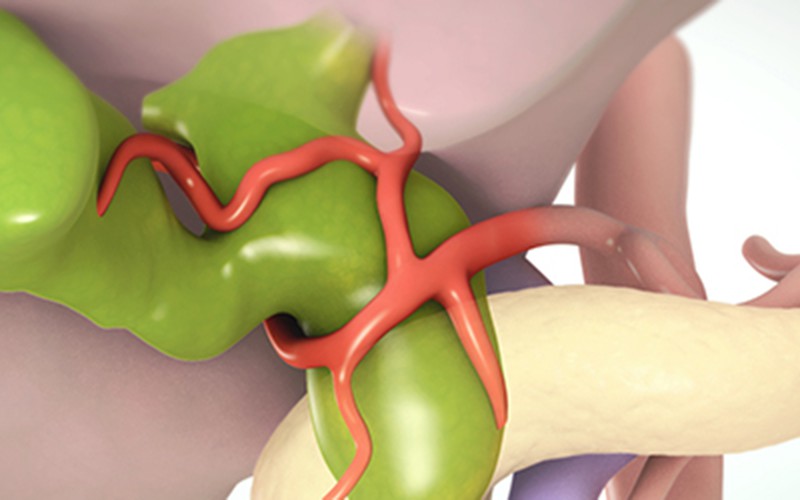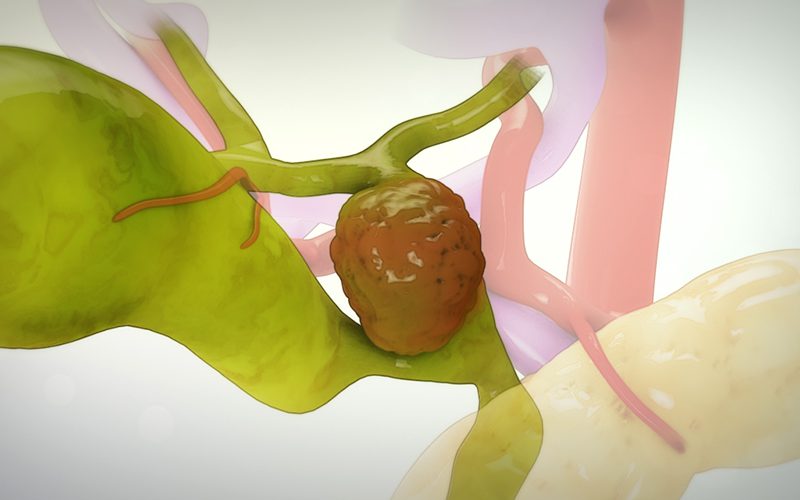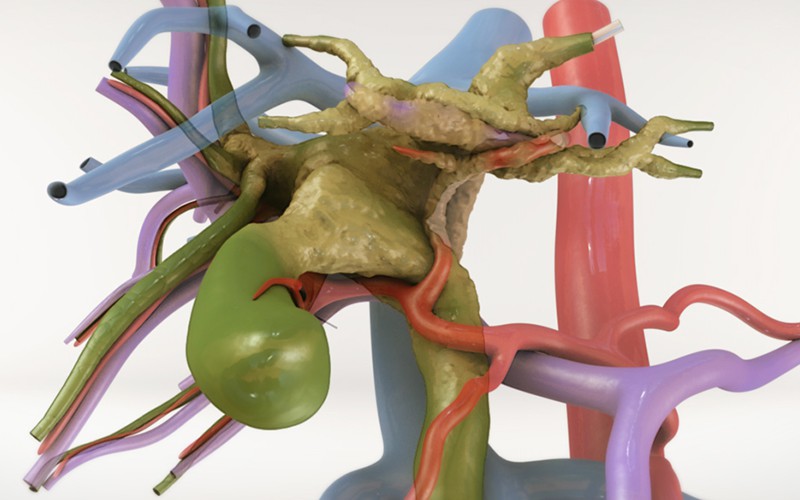Laparoscopic common bile duct exploration
00:15 INTRODUCTION AND SURGICAL PLAN
04:03 PORT PLACEMENT AND PATIENT POSITIONING
05:02 MOBILIZATION AND IDENTIFICATION OF COMMON BILE DUCT
07:39 CHOLEDOCHOTOMY AND REMOVAL OF STONES
Case description
- It is estimated that between 5% - 20% of patients undergoing cholecystectomy have concomitant choledocholithiasis. There is a consensus that timely intervention is critical in order to avoid potential life-threatening complications of either cholangitis or pancreatitis.
- This can be achieved by performing a cholecystectomy and pre or post-operative ERCP, or a single staged procedure with cholecystectomy and common bile duct exploration. The single staged procedure is suitable in patients where the bile duct is at least 8mm or greater in size, or where the cystic duct is anatomically favourable and there are only a few stones in the distal common bile duct.
- Advantages of this approach include a single-stage procedure that ensures a negligible risk of pancreatitis, and limits the economic burden by reducing overall length of hospital stay.
- There has been an increased awareness of benefits for laparoscopic common bile duct exploration. Limitations in its uptake have been due to lack of training, and the need to develop advanced laparoscopic skills, most critically in the meticulous suturing of the common bile duct in order to prevent a postoperative biliary stricture or bile leak.
MRCP
Click to turn annotations on/off
3D anatomic model
Special acknowledgement
This video was a collaboration project with Mr. Altaf Awan, Mr. Imran Bhatti and Mr. Javed Latif at the Derby Pancreatico-Biliary, Advanced Laparoscopic and Robotic Unit, at the University Hospitals of Derby and Burton, UK.




